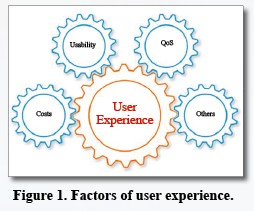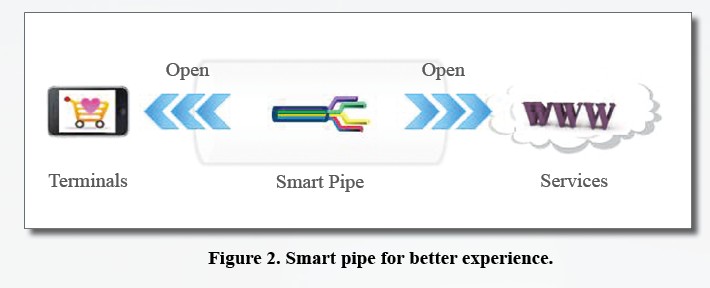User Experience Accelerates the Development of Mobile Internet
Users Drive the Development of Mobile Internet
With the deployment of 3G/LTE networks, smart terminals have gained in popularity. It is predicted that the number of people who use a mobile phone to surf the internet will reach 500 million by 2012, more than half of the 900 million mobile phone users in the world. The mobile internet market has grown aggressively.
In the mobile internet market, user groups determine revenue. Apple, Google, Facebook, and Tencent all have successful business models based on massive user bases. The key to their successful business models is improving user experience based on demand.
However, profits for mobile operators have slowed. Because of the sharp rise in traffic, operators have to spend money to expand their network capacity. Applications from the internet have also hindered the development of operator self-run businesses. Since smartphones started causing traffic jams on AT&T’s network several years ago, operators have continually faced the contradiction between improving user experience and reducing network cost.
Improving user experience with limited network resources is one of the urgent problems to be solved by operators.
User Experience is the Focus
User experience includes cost, usability, and quality of service (QoS).

Users will always care about cost and tend to choose cheaper products. It is very important for operators to provide clear consumption information as well as better value packages. Traffic-based charging is different to time-based charging, and it is sometimes unclear to users how much data they have consumed.
Usability is another concern. Simple and fast operation saves time and relives load. It is a good start to let users intuitively and quickly obtain information that concerns them most. A widget allows people to customize their desktops for better experience.
QoS is crucial to user experience. Every user wants superfast internet surfing, but restricted network resources and increasing users and traffic lead to network jams. Operators have to think about how to rationally allocate resources and let more users freely experience valuable services.
More flexible service subscription can also bring better experience. People can choose suitable service packages to save unnecessary expense. A temporary VIP package provides ordinary users with a faster, more stable network in urgent situations.
User experience can also be enhanced through a wide range of applications and a safe, green network environment.
Smart Pipes for Better User Experience
Smart pipe is the core solution for operators to enhance pipe value. By making pipe information and capabilities open to terminals and services, operators provide transparent consumption information, differentiated services, and high-quality services to users and take full advantage of pipe operation to improve user experience.

Open Network Information and Considerate User Alerts
By displaying information such as consumption data and network status on terminal desktops, operators can offer users a transparent network and clear information that is of most concern to them. Giving the best care through the small details greatly improves user experience. For example, the total traffic consumed in the current month and traffic balance can be intuitively displayed on users’ terminal desktops. When monthly or daily traffic exceeds the amount set, an alert is sent to the user. Detailed access information is provided to users so they can quickly troubleshoot if their services fail. An open information feedback platform is provided to collect user advice. This helps operators improve service quality.
Open Pipe Capabilities and Experience Customization
Operators open up pipe capabilities such as QoS, bandwidth, and security through the self-service system and provide users with quick subscription methods and flexible service customization choices. This lets people enjoy differentiated, personalized self-service. For example, a temporary day-pass package and bandwidth on demand (BOD) services are available. People can subscribe to extra packages to meet emerging demand for temporary services and enjoy VIP services. A control service allows parents to control web access and surfing time for their children. An online scanner is provided to VIP users for real-time antivirus scanning.
Cooperation with Internet Services for Value-Added Service Innovation
Operators can combine pipe resources with service content to provide innovative, differentiated services and allocate the most appropriate network resources to these services. By cooperating with third-party internet providers, operators can introduce more favorable services. This can cut down cost for users and integrate pipe value and service value. For example, a smart PUSH service can be provided for a lower tariff. When the network is idle, data services are pushed to users, and when the network is busy, data services are suspended. This helps cut down costs, and idle network resources are used to improve transmission efficiency. When users subscribe to a video service of a third-party, the operator network can reliably transmit this service and ensure smooth streaming. With support for internet of things services, operators can guarantee network transmission for services that need specific bearing.
The future of mobile internet will be focused on user experience—from terminals to applications. Operators must explore new profit opportunities while delivering high-quality services.